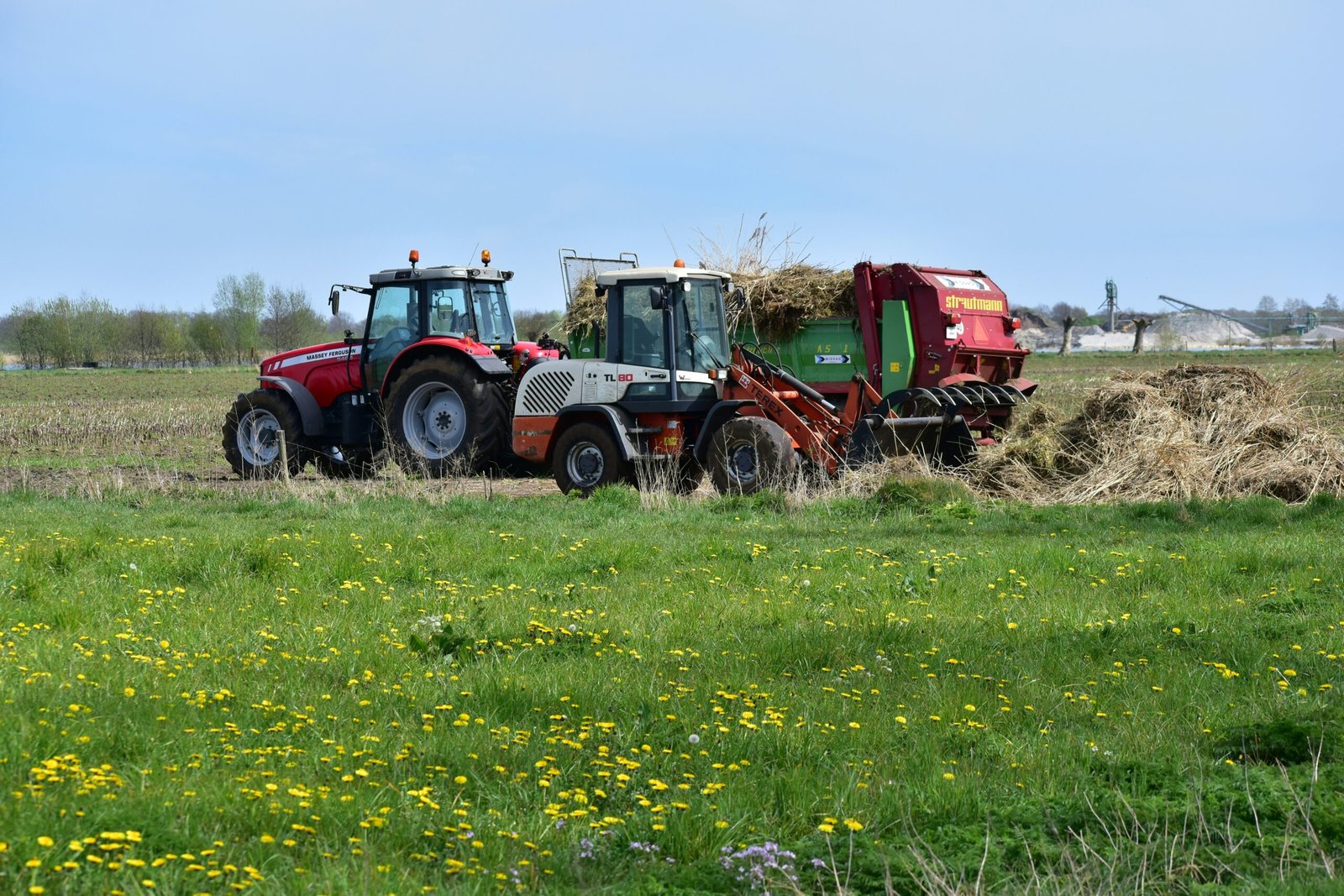Which vegetables and fruits take the longest time to grow?
We all know that vegetables and fruits are good for us, but did you know that some take longer to grow than others? In this blog post, we’ll explore which vegetables and fruits take the longest time to grow, so you can be sure to include them in your diet. From asparagus to oranges, find out which fruits and vegetables take the longest time to mature. You may be surprised at just how long some of them take!
Carrots
Carrots are one of the vegetables that take the longest time to grow. They can take up to three months to mature, depending on the variety.

If you’re patient enough to wait that long, carrots are a nutritious and tasty addition to any meal. They are a good source of potassium, fiber, and vitamins A and C. Additionally, they have zero fat and few calories.
Whether you eat them raw, cooked, or juiced, carrots are a healthy choice for you and your family. So go ahead and plant some carrot seeds today!
Cauliflower
Cauliflower is a brassica vegetable that takes between 70 and 85 days to grow. Undeveloped flower buds make up the “curd,” or head, of the cauliflower plant. Cauliflower heads can range in size from six to twelve inches in diameter, and weigh up to five pounds.
Cauliflower is a cool weather crop that prefers daytime temperatures in the 60s or 70s Fahrenheit, and nighttime temperatures in the 50s. Cauliflower is tolerant of frost, but extended exposure to freezing temperatures will damage the plant.
Cauliflower can be grown in most types of soil, but prefers a well-drained, sandy loam. Too much nitrogen in the soil will result in large leaves and reduced head development.
Cauliflower heads should be Harvested when they are fully mature, but still white and compact. If left too long on the plant, the heads will begin to yellow and loosen.
Eggplant
Eggplant is a vegetable that takes a long time to grow. It takes about 80 days from seed to harvest, so it’s important to start eggplant seeds indoors about 10 weeks before the last frost date in your area. Eggplant requires warm temperatures to thrive, so it’s not a good choice for cooler climates. When growing eggplant, choose a sunny spot in your garden and amend the soil with organic matter before planting. Water eggplant regularly, especially during dry spells, and fertilize monthly with an all-purpose fertilizer. When the fruits of the eggplant are shiny and firm, harvest them.
Garlic
Garlic is a vegetable that takes quite a while to grow. It can take up to 9 months for a garlic plant to fully mature and produce bulbs. This long growing period is due to the fact that garlic is a root vegetable. Root vegetables generally take longer to grow than other types of vegetables.
If you’re looking to add garlic to your garden, be prepared for a bit of a wait. But, the end result will be worth it! Garlic is a delicious and healthy addition to many dishes. Plus, it’s easy to store and can last for several months.
Ginger
Ginger is a popular spice with a warm, woody flavor. It’s used in many cuisines around the world, from Indian curries to Chinese stir-fries.
Ginger is actually the underground stem, or rhizome, of the plant Zingiber officinale. The stem is reddish-brown and full of aromatic oils.
Most supermarkets carry fresh ginger root all year long. But if you want to grow your own ginger, you’ll need to be patient.
It takes about 10 months for a ginger plant to mature and produce a usable root. And since ginger is usually grown in tropical or subtropical climates, it’s not suitable for everyone.
But if you have the right conditions and are willing to wait, growing your own ginger can be a fun and rewarding experience.
Onions
Onions are one of the vegetables that take the longest time to grow. They can take up to four months to reach full maturity, and even longer if you live in a colder climate.
Onions are a cool-weather crop, so they need to be planted in early spring. Depending on the variety, onion seeds can take two to four weeks to germinate. Once they sprout, onion seedlings need about six weeks of warm weather before they can be transplanted outdoors.
Once onion plants are established in the garden, they will produce bulbous roots that continue to swell as they mature. When the roots reach their maximum size, the tops of the plants will begin to yellow and fall over. This is a cue that it’s time to harvest your onions!
Peppers
While most vegetables and fruits can be harvested within a few months, there are some that take much longer to grow. Peppers, for example, can take upwards of six months to mature. This is because peppers are a warm-weather crop, meaning they need hot temperatures to thrive. They also have a relatively long growing season, which means they need more time than other vegetables to produce fruit.
If you’re patient enough to wait for peppers, though, the payoff can be great. Peppers are a versatile ingredient that can be used in a variety of dishes, from salads and sandwiches to main courses and sides. Plus, they’re packed with vitamins and antioxidants, making them a healthy addition to any diet.
So if you have the time and space, consider adding some peppers to your garden this year.
Tomatoes
It takes about three to four months for a tomato plant to bear fruit. The yield depends on the variety of tomato, with some plants producing as many as 30 tomatoes while others only produce a few.
Tomatoes need full sun and well-drained soil to grow best. They should be planted after the last frost date in your area, and you can expect fruit to start ripening about 60 days after planting. Once they start ripening, pick tomatoes regularly to prolong production.
How to Take Care of an Arthritic Cat
- What are some plants that can be grown in a corner garden?
- How do you grow a citronella plant?
- What are the plants that grow in water?
- How easy is it to maintain a garden?
- Which indoor plant requires less sunlight?
Discover more from Organic Gardening
Subscribe to get the latest posts sent to your email.






